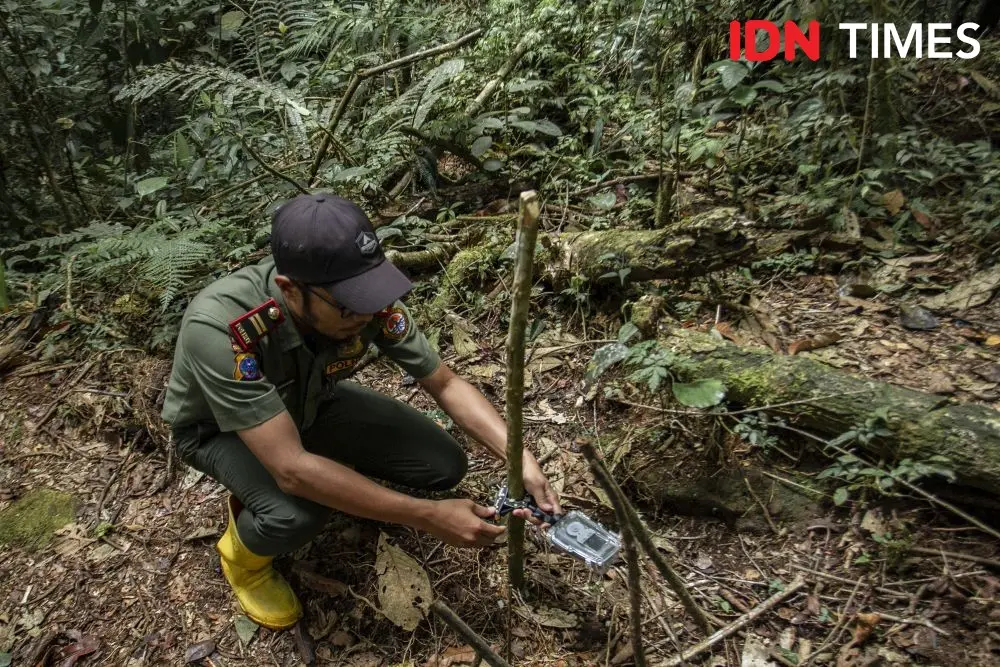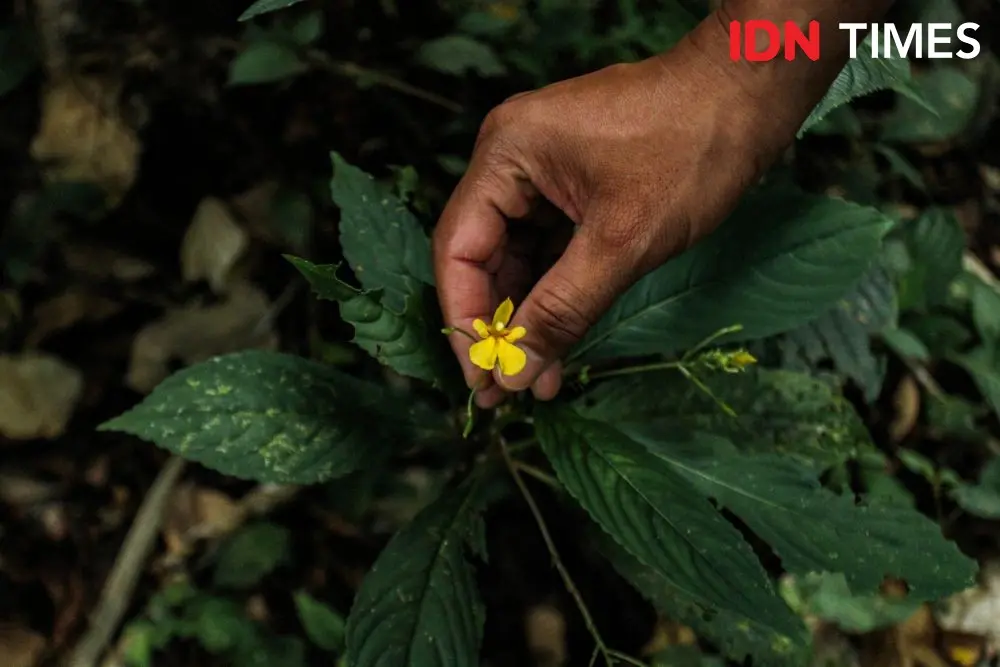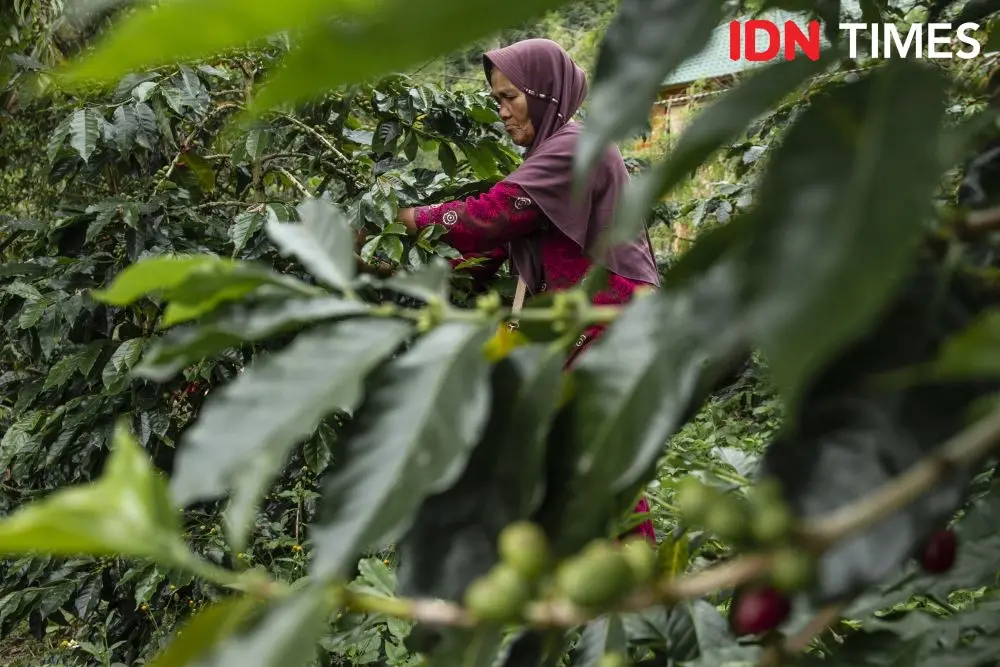This story excerpt was translated from bahasa Indonesia. To read the original story in full, visit IDN Times. You may also view the original story on the Rainforest Journalism Fund website here. Our website is available in English, Spanish, bahasa Indonesia, French, and Portuguese.

Community involvement plays a big role
Mandailing Natal, IDN Times—Rich biodiversity is an advantage for Batang Gadis National Park (TNBG). The national park, which was established in 2004, has diverse natural formations, including highland swamp forests, wetlands, river valleys, limestone forests, hilly lowland forests, and mountain forests.
Its flora and fauna are also very rich. According to research by Conservation International (CI), in a 200 square meter research plot, there are 242 species of vascular plants. The research also found a rare and protected flower, a new type of Rafflesia, Padma.
Then various protected animals such as forest goats (Naemorhedus sumatrensis), tapirs (Tapirus indicus), jungle cats (Catopuma temminckii), deer (Tragulus javanicus), binturong (Arctitis binturong), sun bears (Helarctos malayanus), deer (Cervus unicolor) and deer (Muntiacus muntjac), and porcupines (Hystix brachyura) are still found living in it, including the Sumatran tiger (Panthera tigris sumatrae) as the top predator.

As a nonprofit journalism organization, we depend on your support to fund journalism covering underreported issues around the world. Donate any amount today to become a Pulitzer Center Champion and receive exclusive benefits!
To date, 247 species of birds have been found in the TNBG area. As many as 47 of them are included in the protected species list. In more detail, seven species are globally threatened with extinction and 12 species are near-threatened.
Batang Gadis was established as the 14th national park through the Decree of the Ministry of Forestry Number 126/Menhut- II/2004, covering an area of 108 thousand hectares. This area covers 13 sub-districts and 73 villages that directly intersect.

















